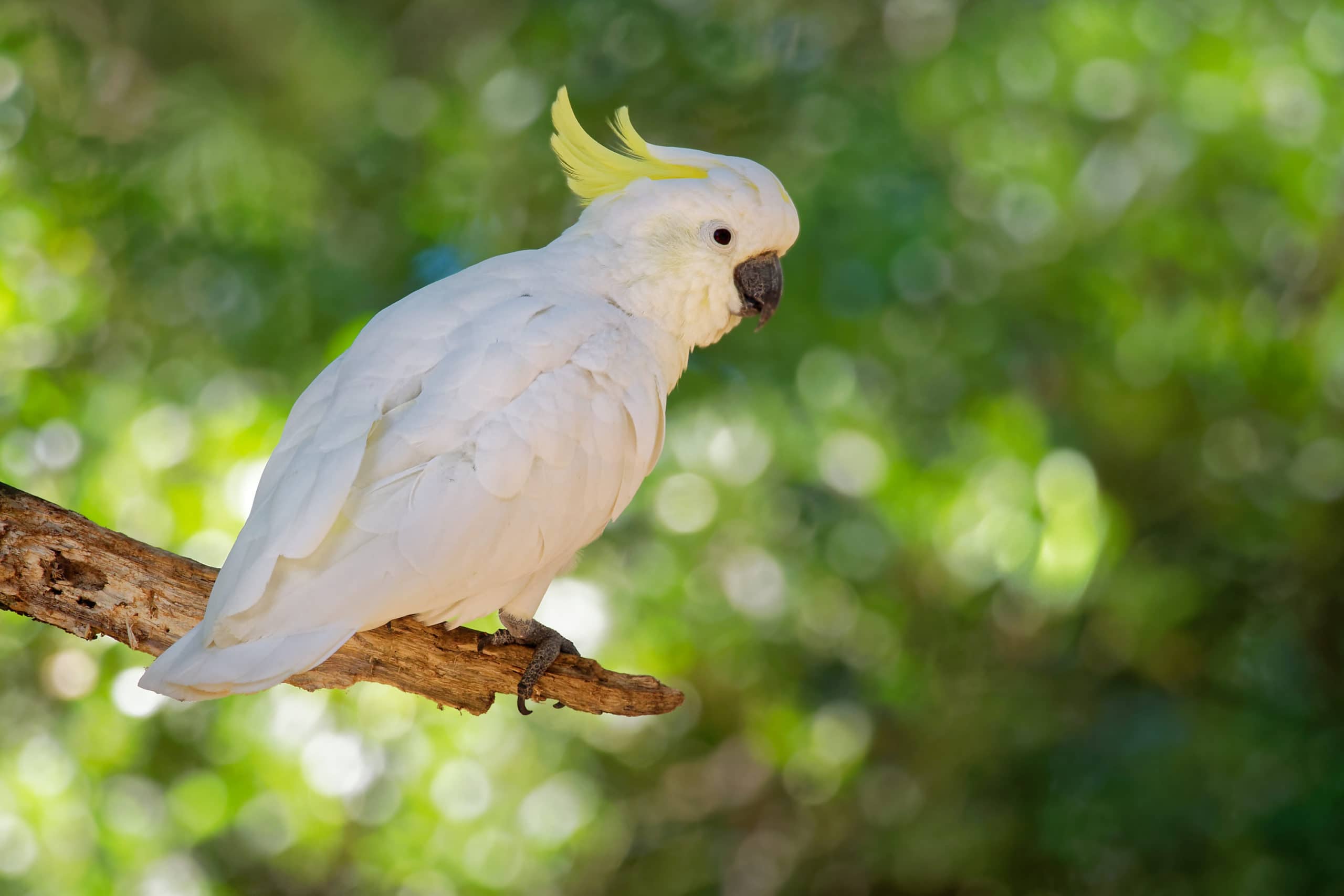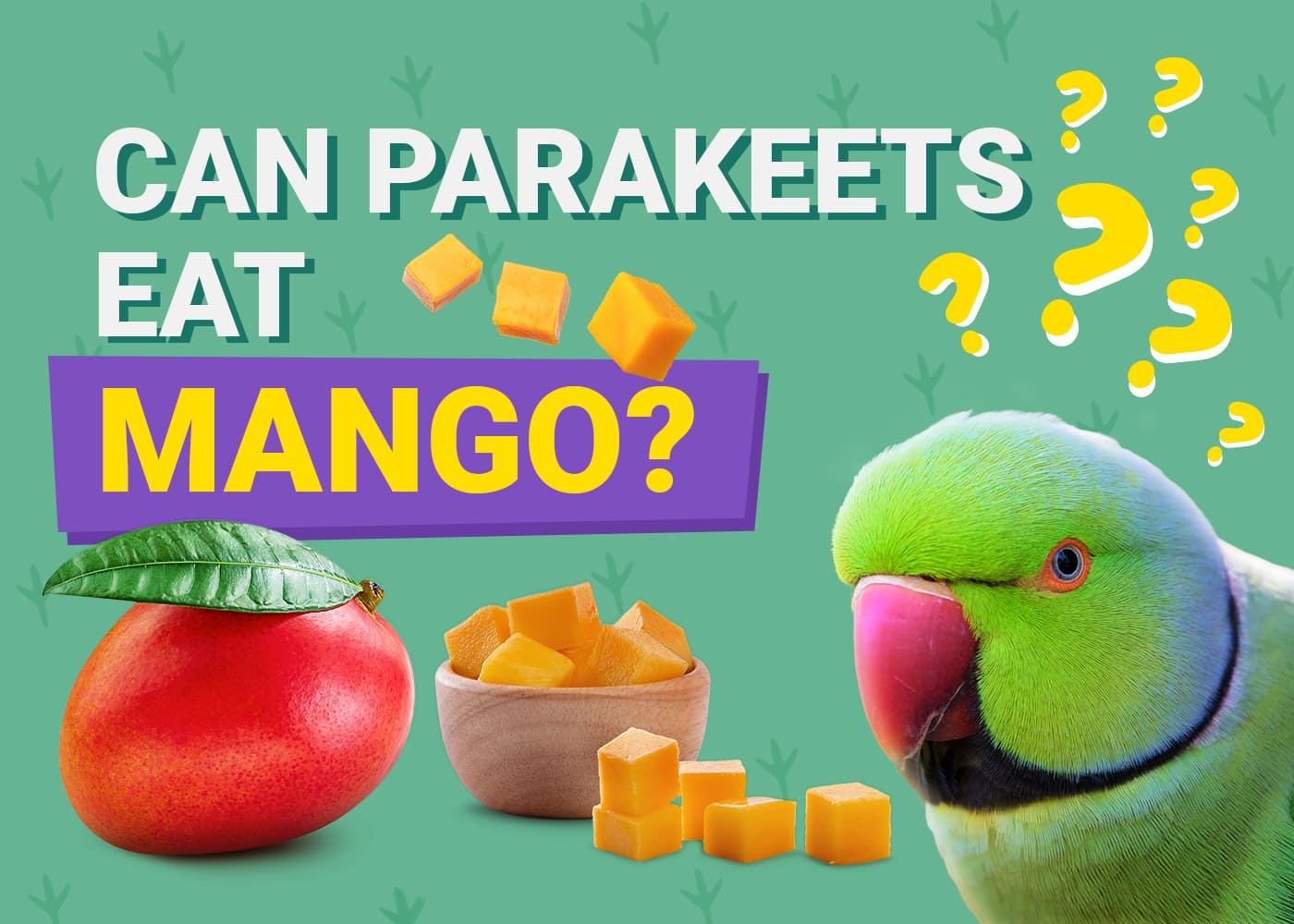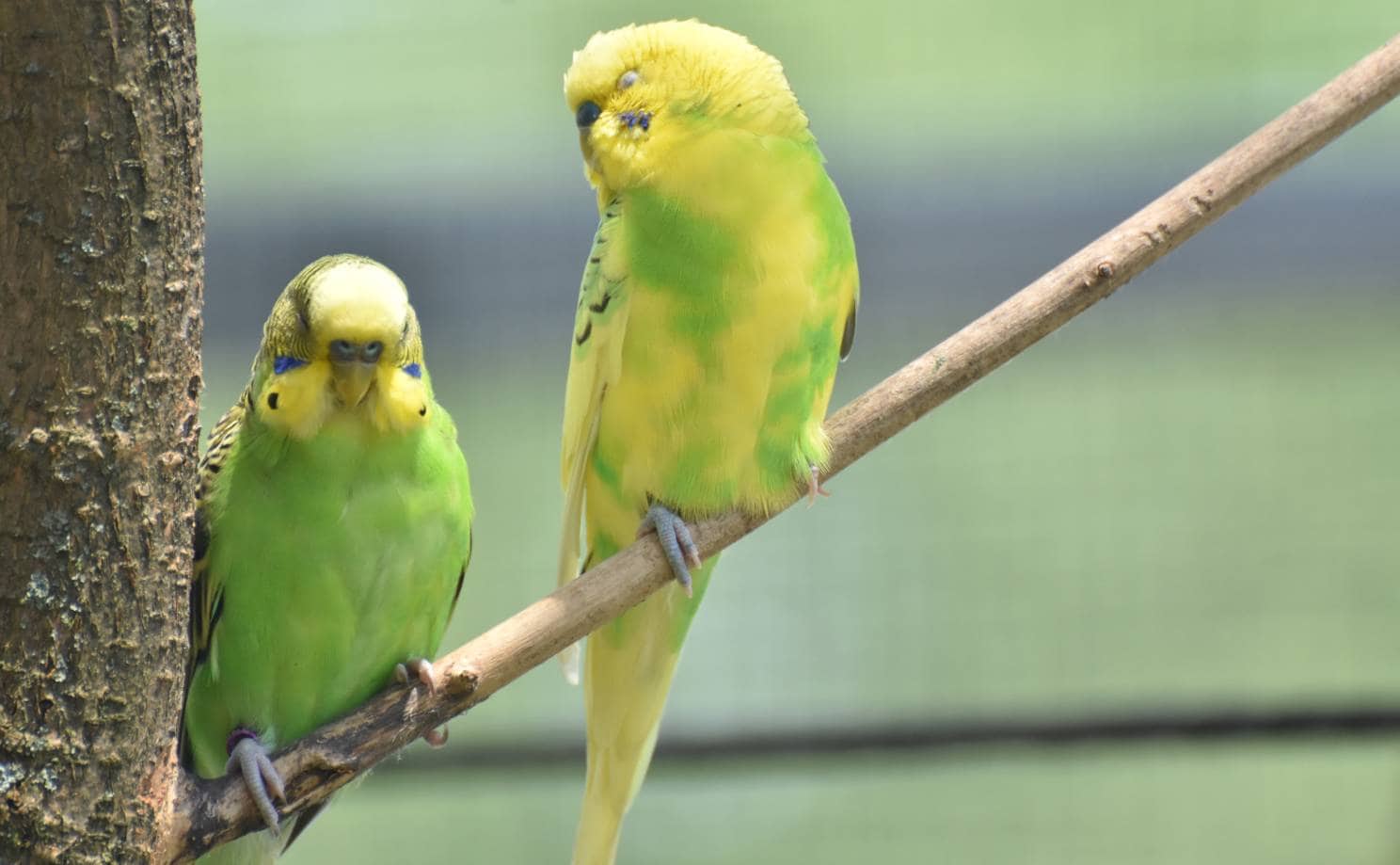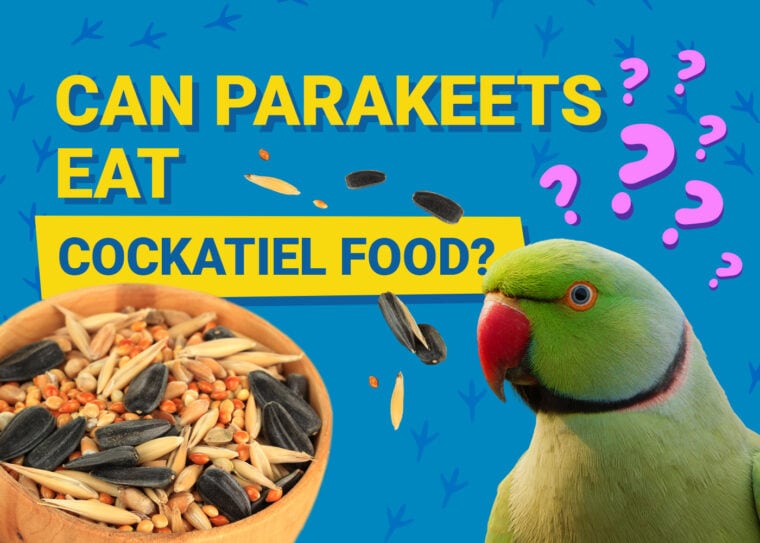
Yes, parakeets can eat cockatiel food. These birds come from the parrot family and have similar dietary requirements. Parakeets need a seed-based diet, which means it is safe for parakeets to eat cockatiel food.
However, since parakeets are smaller than cockatiels, they may have trouble consuming larger seeds. Also, their tiny beaks are not suited to crack open hard-shell seeds like sunflower seeds.
But what do parakeets and cockatiels eat? Read on for more.
What Do Parakeets Eat?
Budgies are prone to iodine deficiency, obesity, and nutrition-related problems if they do not receive a well-balanced diet. Therefore, they need the following foods in their diet.
Seeds

A budgie’s diet should consist of tiny seeds. Millet, safflower, and groats are great because they are like what your bird would eat in the wild. Seeds have low amounts of amino acids, vitamins, and minerals. However, they are high in fats and carbohydrates. For this reason, never offer your budgie a seed-only diet as it can lead to nutrition deficiency.
Pellets

Bird nutritionists recommend a pellet diet for budgies. They are an alternative to a seed-based diet and are more nutritious. Pellets are developed to meet all nutritional needs, and they come in different shapes, colors, and sizes.
When choosing parakeet pellets, choose a high-quality product free from artificial colors, flavors, and preservatives.
Fruits and Vegetables
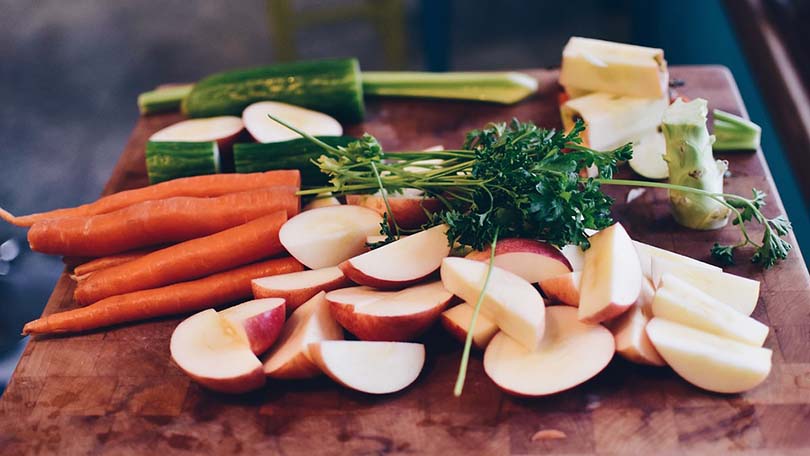
Parakeets need fruits and vegetables, too, in their diet. However, they should make up no more than 20% of the daily diet.
Fruits are rich in natural minerals and vitamins. For example, berries contain antioxidants that fight free radicals and improve overall immune health. Grapefruit, mango, papaya, and cantaloupe are high in vitamin A, while citrus fruits have vitamin C.
On the other hand, fresh vegetables are tasty and rich in essential vitamins like vitamins A, B, C, E, and K. You can include leafy greens like lettuce, kale, or spinach. Beans, carrots, cucumber, peas, and beans are great options too.
What Do Cockatiels Eat?

Like budgies, cockatiels need a well-balanced diet to meet their nutritional needs. 75% of their diet should include pellets and 25% seeds. The bird can eat small and large seeds like millet, canary seeds, safflower, pumpkin seeds, and sunflower seeds.
Cockatiels also need dark, leafy greens and veggies to constitute 20% of their diet. You can include calcium-rich vegetables like swiss chard, kale, spinach, and broccoli.
You should offer fresh fruit, occasional treats, and access to fresh water, too. Since fruit is rich in natural sugars, it makes an excellent snack for your bird.
Differences Between Parakeet and Cockatiel Food
Parakeets and cockatiels have a similar diet. However, parakeets are smaller than cockatiels which means that they need lower-calorie and nutritional needs a day. So, if your parakeet is eating cockatiel food, ensure that you reduce the share.
For a seed diet, parakeets can consume the same mixed seeds as cockatiels except for sunflower seeds. They are significant for a parakeet to swallow and are high in fat content. Overconsumption of sunflower seeds can lead to obesity in budgies.
Can Cockatiels Eat Parakeet Food?

Yes, they can. Both birds have a similar diet, which means they eat the same type of seeds. However, since cockatiels have a bigger body, they should receive more seeds and calories to meet their higher nutritional needs.
What Foods Should a Parakeet Avoid?
Parakeets can eat cockatiel food but in small proportions. However, never offer these foods to your feathery bird because they are toxic.
Summary
Parakeets should have no issues when they eat cockatiel food. This is because both birds belong to the parrot family, and they have a similar diet.
Pay attention to a parakeet’s meal size when serving cockatiel food. These tiny birds require less energy and should receive a smaller portion compared to cockatiels. Also, their tiny beaks are not suited to break hard shells or swallow large seeds.
You may want to read:
- Can Parakeets Eat Peanut Butter? What You Need to Know!
- Can Cockatiels Eat Mango? Nutritional Facts & FAQ (Vet Answer)
Featured Image Credit: Kolotygin Igor, Shutterstock



